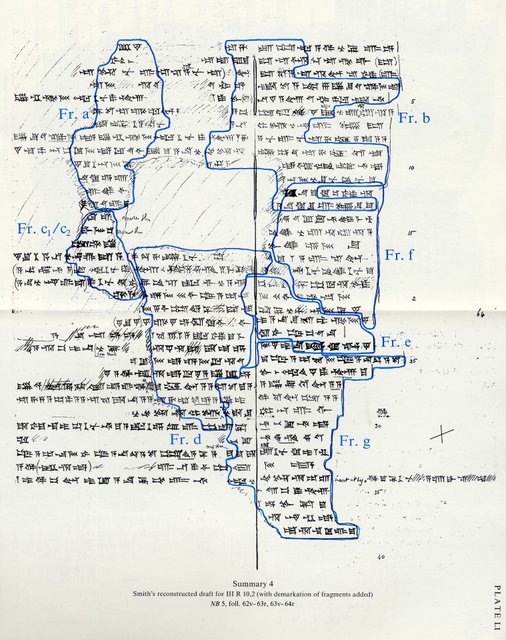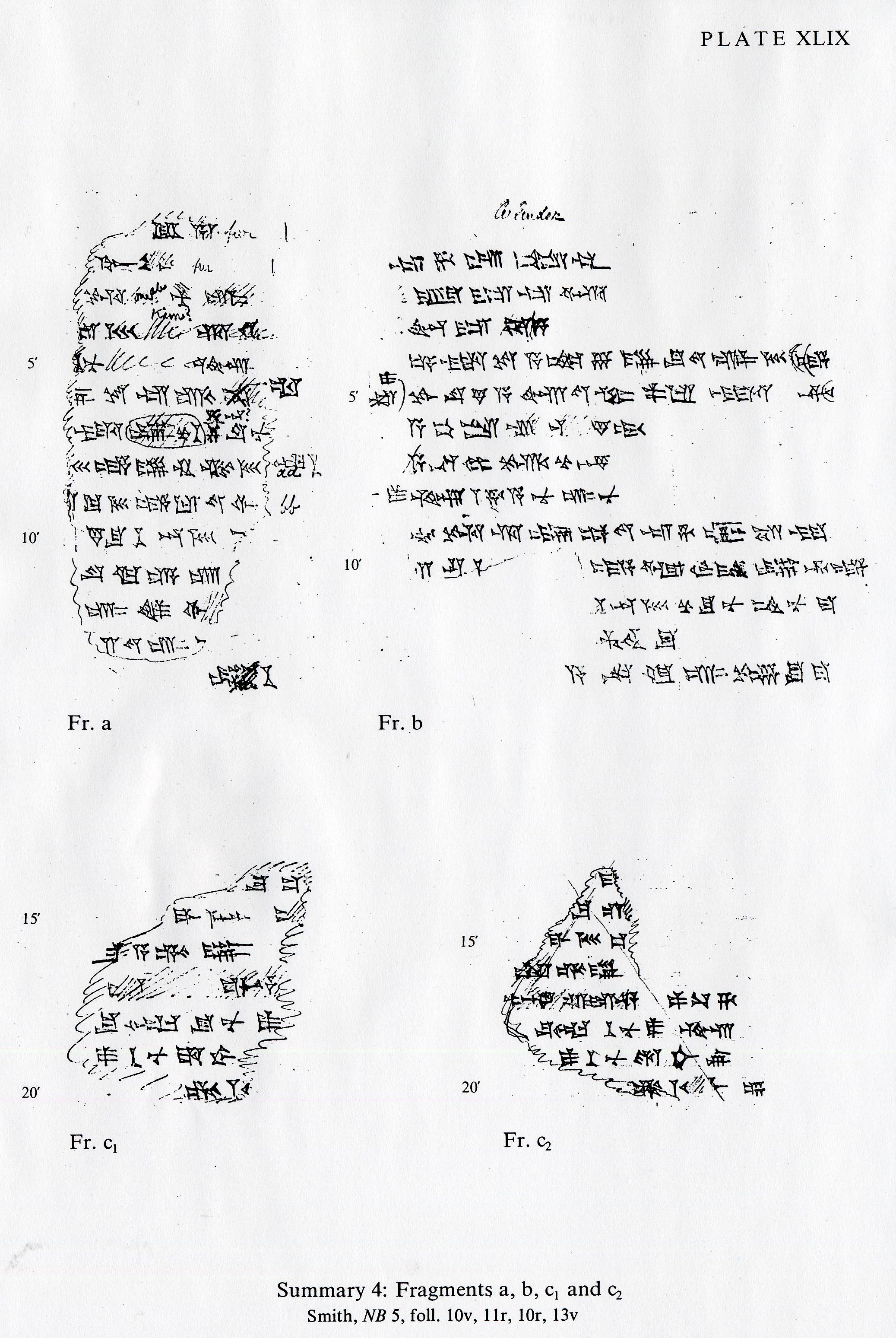Assyrian king appoints Hoshea
“Israel (lit- Omri-land Bit-Humria)… All its inhabitants (and) their possessions I led to Assyria. They overthrew their king Pekah (Pa-qa-ha) and I placed Hoshea (A-u-si) as king over them. I received from them 10 talents of gold, 1,000 (?) talents of silver as their [tri]bute and brought them to Assyria.”
Date- 730 BCE
Current Location- No longer extant
Language and Script- Assyrian?; cuneiform
General Information-
Aside from annals, Layard discovered another type of inscription at Tiglath-Pileser’s palace that some scholars refer to as “summary inscriptions.” They sum up the king’s accomplishments geographically rather than chronologically. At least twelve of Tiglath-Pileser’s inscriptions are assigned to this category, though none of these have been preserved in their entirety. They may be subdivided by material, which is possibly correlated to function- those on large stone slabs for public display versus clay tablets for the royal archives. Summary Inscription 4 is on stone. As is the case with the annals, not all of the Summary Inscriptions originally contained the exact same text; some versions were more detailed.
Relevance to Ancient Israel-
“In the days of King Pekah of Israel, King Tiglath-pileser of Assyria came and captured Ijon, Abel-beth-maacah, Janoah, Kedesh, Hazor—Gilead, Galilee, the entire region of Naphtali; and he deported the inhabitants to Assyria. Hoshea son of Elah conspired against Pekah son of Remaliah, attacked him, and killed him. He succeeded him as king in the twentieth year of Jotham son of Uzziah.” (2 Kings 15-29–30)
Among the Summary Inscriptions, only numbers 4 and 7 preserve mention of Tiglath-Pileser’s dealings with ancient Israel. Most importantly, they provide some background to a conflict of the Kings of Israel and Damascus against the King of Judah, referred to by modern historians as the Syro-Ephraimite War. While King Menahem of Israel had sent tribute to Tiglath-Pileser III, his successor Pekah moved from appeasement back to a more militant, anti-Assyrian policy. After joining a coalition against the Assyrians (2 Kings 15-37), he and Rezin of Damascus pressured King Jotham of Judah to join as well. Events escalated to armed conflict when Pekah and Rezin attempted to remove Jotham’s successor Ahaz from the throne. Ahaz turned to the Assyrians for support, and in response to his loyalty, Tiglath-Pileser deposed both Pekah and Rezin (2 Kings 16-5–9 and Isaiah 7) during the western campaign of 734–732 BCE.
Summary Inscription 4 sheds some needed light on Tiglath-Pileser’s role in these events. The Bible describes at some length the downfall of both Rezin and Pekah, but only mentions in passing Tiglath-Pileser III’s role in the removal of Rezin (2 Kings 16-9). From the biblical perspective the action of Tiglath-Pileser was almost negligible in comparison with that of the Kings of Judah; in Summary Inscription 4, the Assyrian king’s leading role in Pekah’s removal is made quite explicit.
Circumstances of Discovery and Acquisition- Austen Henry Layard (or perhaps his assistant Hormuzd Rassam) discovered Summary Inscription 4 in 1853 or 1854 during his second season of excavation at Nimrud. After making a squeeze, or copy, of the inscription, he left the slab in situ. The inscription was published in 1875 from the squeezes, which have since been lost.
See also-
The Syro-Ephraimite War (map)


